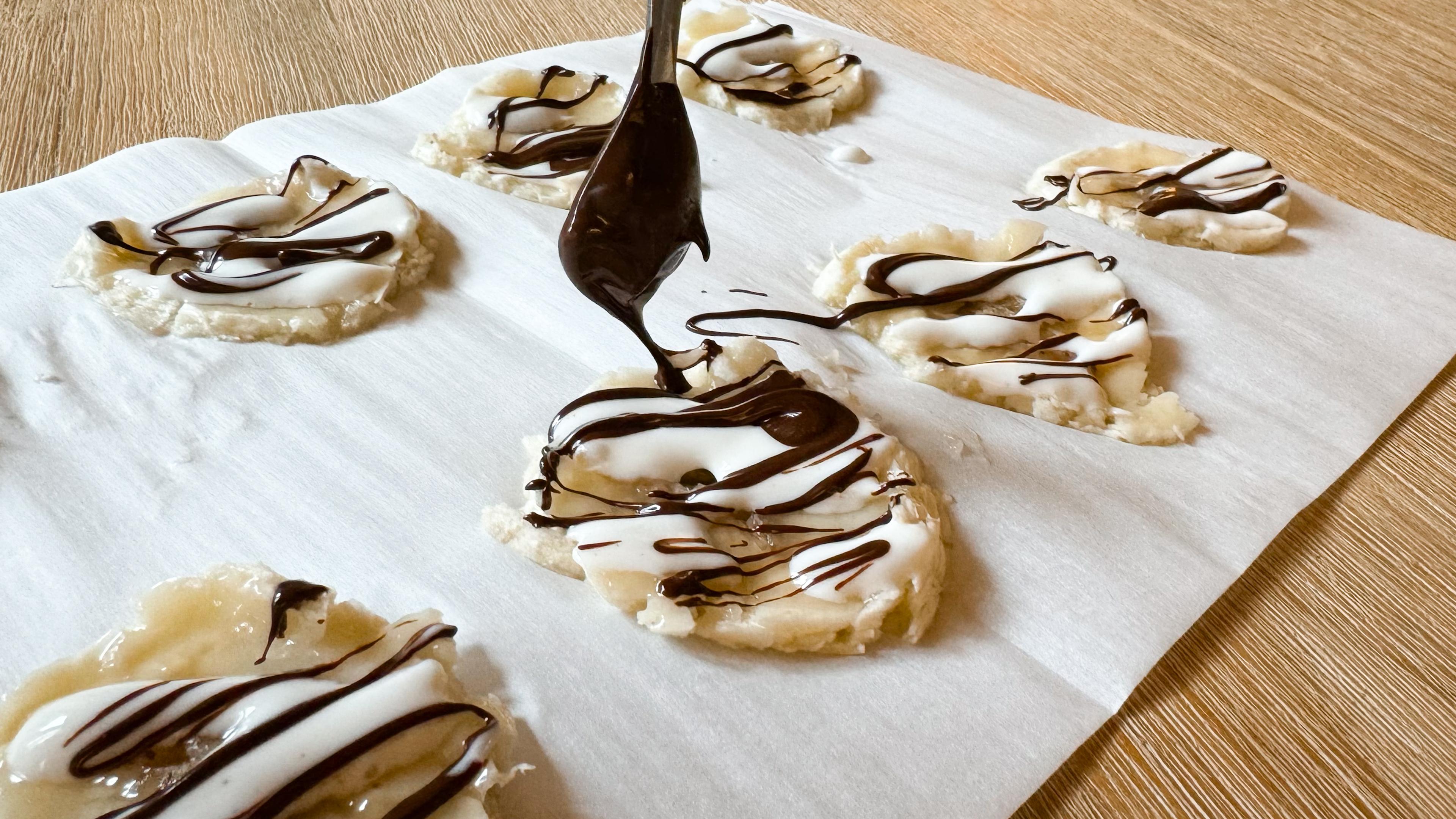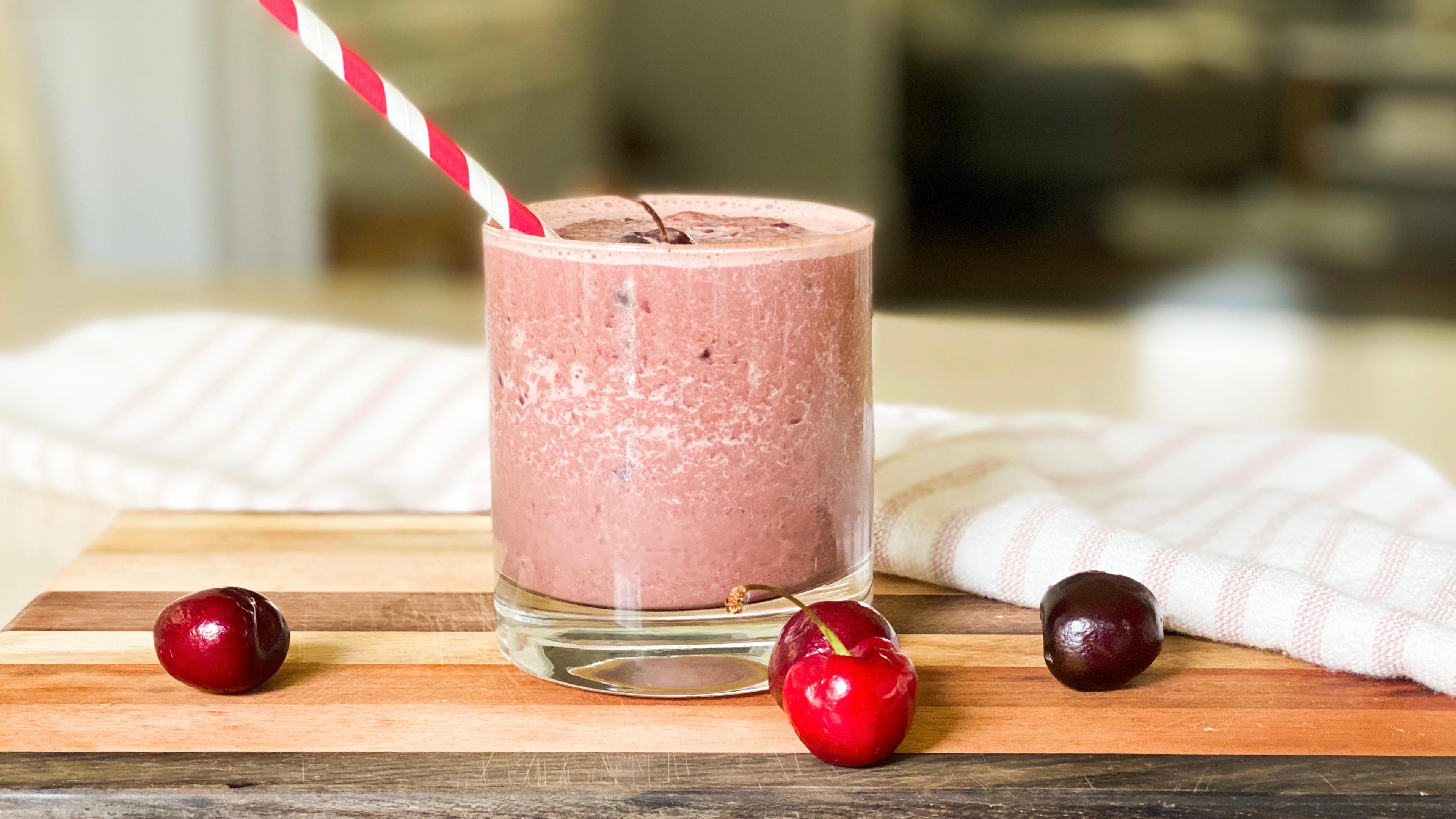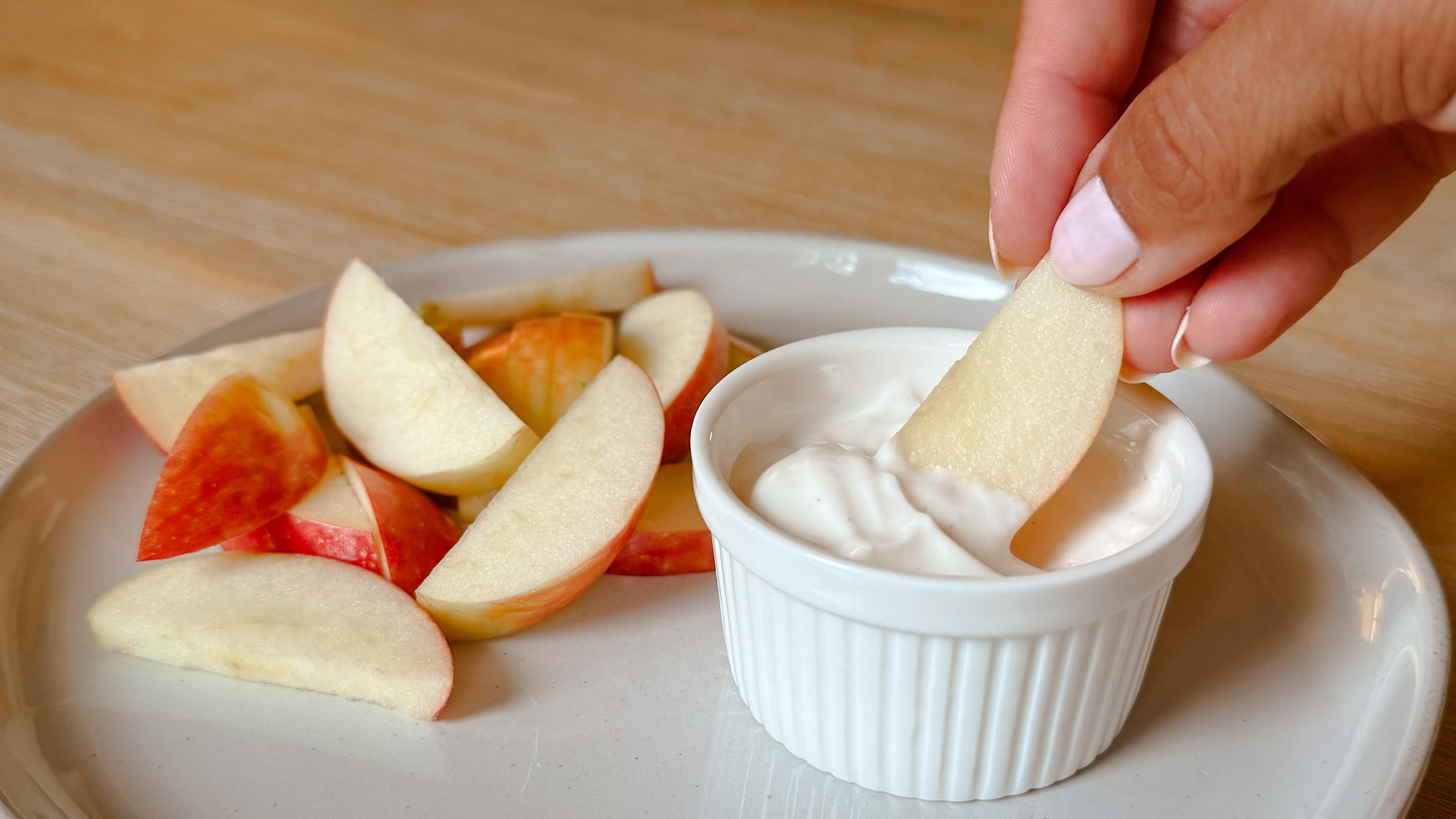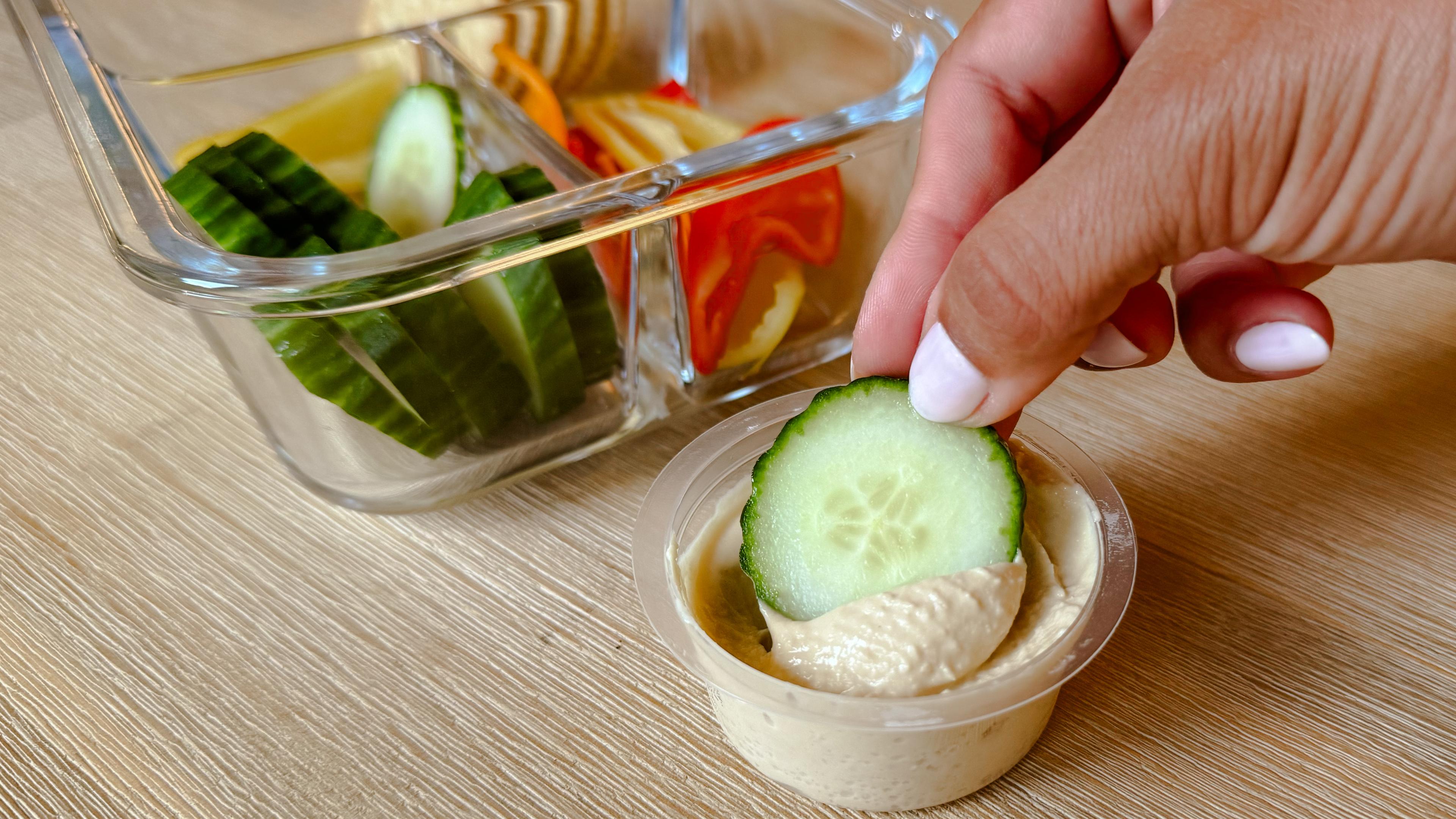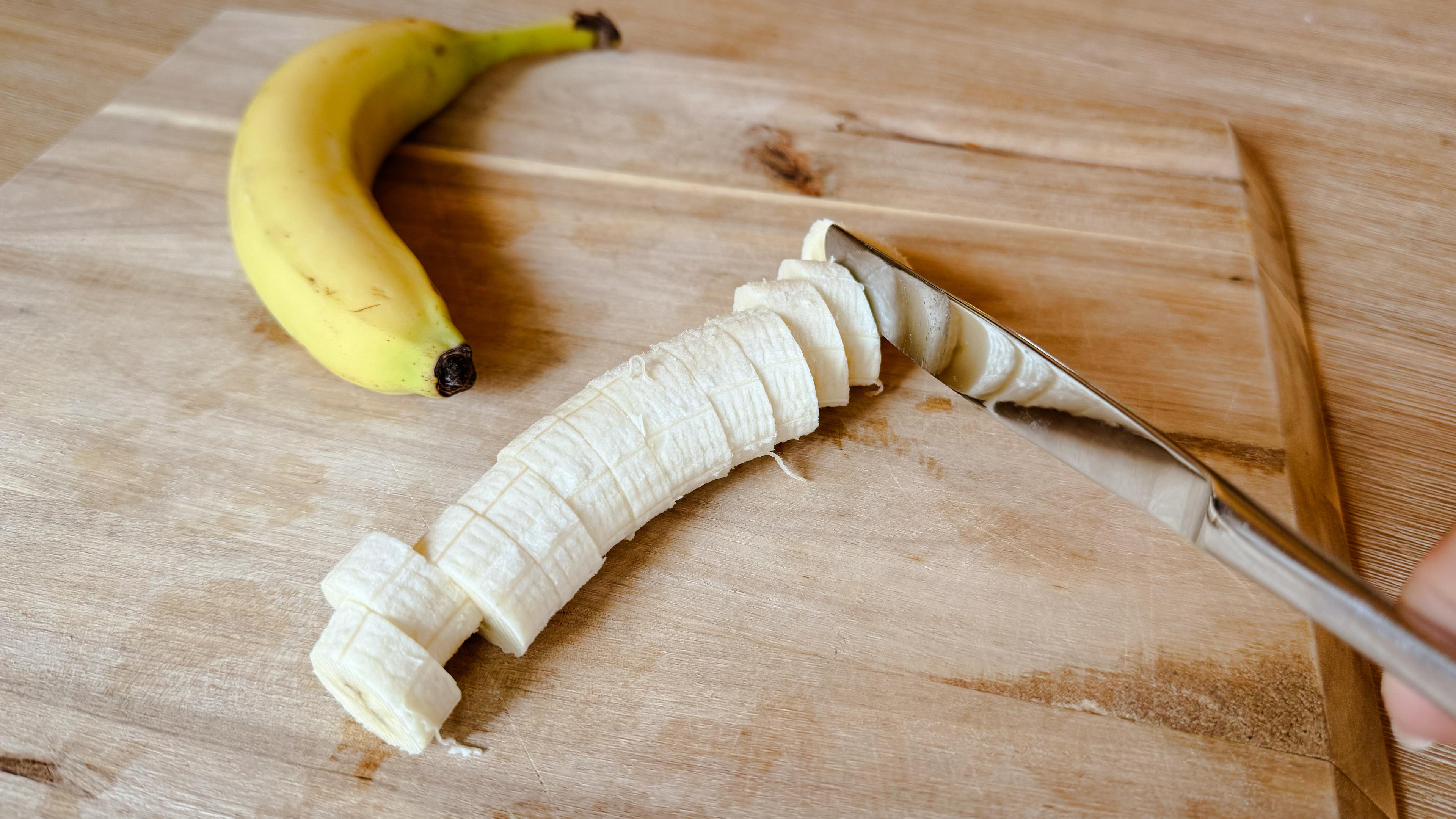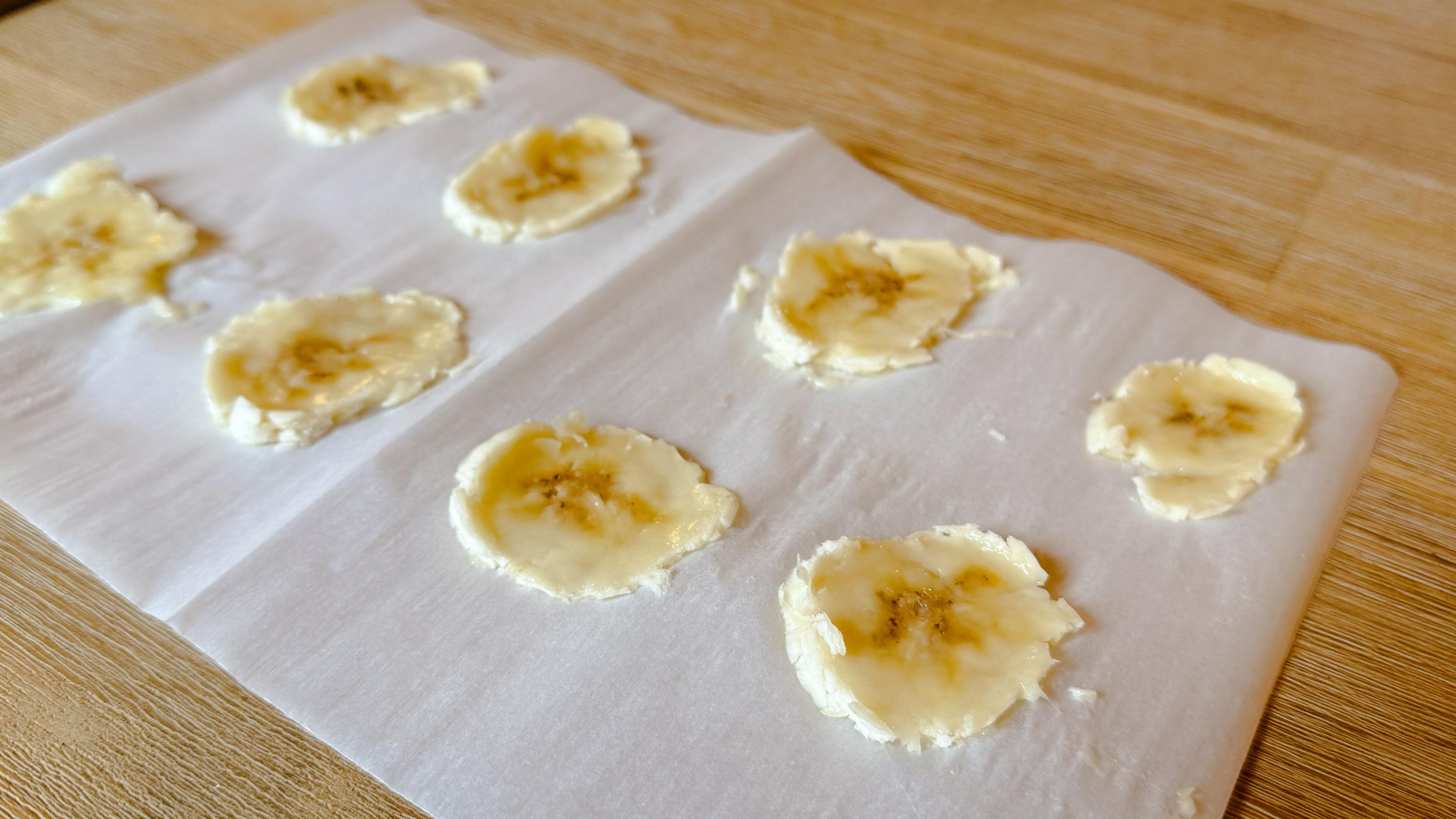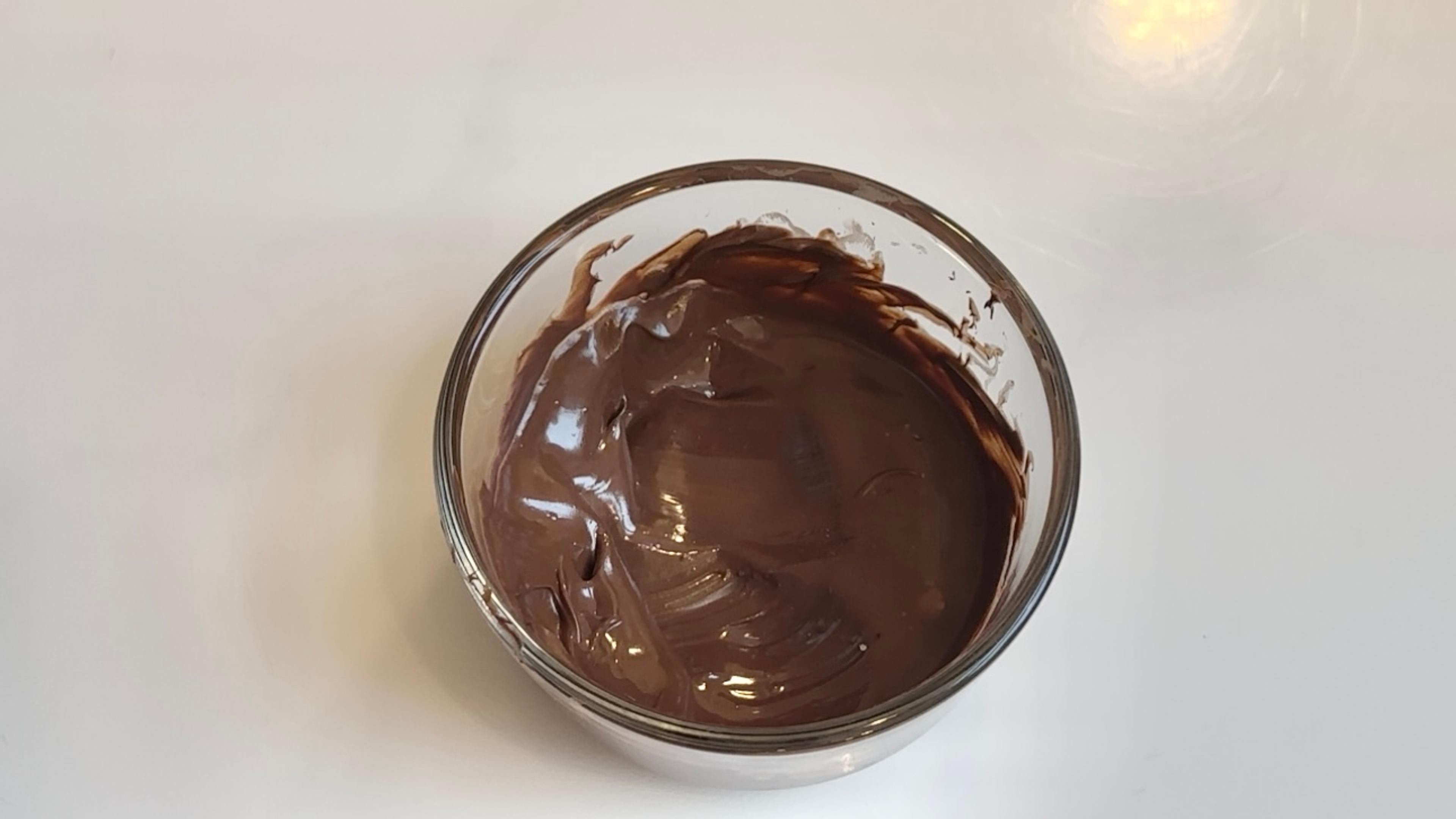August is Kids Eat Right Month, and it appropriately falls during a time when kids across the country are packing their backpacks and lunch bags. This month brings attention to the importance of fueling kids with healthy foods and establishing nourishing snacking and mealtime habits ahead of the school year.
Snacking can provide an energy boost and extra nutrients to help fuel growing minds and bodies. But not all snacks are created equal. Many snacks marketed for children are ultra-processed, lacking whole food ingredients and containing ingredients such as excess added sugar, saturated fats, fillers and preservatives. According to a large 2018 cross-sectional study, kids and teens in the U.S. consume 67%of their calories from ultra-processed foods. These foods have been associated with a higher body mass index, waist circumference and poor heart health markers such as cholesterol. Moreover, high intake of these foods in children has been linked to health problems such as Type 2 diabetes and heart disease in adulthood. Some common ultra-processed snacks include:
- High-sugar granola bars
- Fruit snacks
- Peanut butter or cheese-filled crackers
- Pre-packaged peanut butter and jelly sandwiches
While it would be a tough feat to remove all ultra-processed foods from the diet, it’s a good idea to find ways to swap for more ingredients like whole grains, fruits and vegetables in snacks and meals.
Here are four snack ideas for inspiration:
Homemade Smoothies
Smoothies are an easy, sippable way to squeeze in nutrients, especially those more difficult-to-push fruits and vegetables. Kids are more likely to consume foods they’re part of creating, so smoothie making isa great opportunity to involve them in crafting their own concoctions. A great smoothie formula is 1 small handful spinach or kale, 1 cup frozen fruits,1 cup milk of choice and a spoonful of nut butter or Greek yogurt. Try one of these for inspiration:
Apple Slices with Greek Yogurt Dip
While fruit snacks are convenient, they lack many of the benefits of the real deal, particularly gut-healthy fiber. Try to make real fruit part of snack time when possible. Honeycrisp apple slices taste great with your kid’s favorite yogurt flavor as dipping sauce or a spoonful of almond or peanut butter.
Veggies and Whole Wheat Crackers with Hummus
Hummus is a great source of plant-based protein and hearty carbohydrates. Paired with whole wheat crackers and cut vegetables like cucumbers, bell peppers and celery, it makes for a balanced snack for kids and adults alike. This snack is a great substitute for those pre-packaged, ultra-processed, filled crackers. If it fits your budget, make it more convenient by packing pre-portioned hummus packs and pre-sliced veggies.
Frozen Banana Yogurt Bites
These frozen banana bites are delicious and fun to make with kids. Simply mash the banana slices and drizzle over dark chocolate and yogurt.
Instructions
Step 1
Peel bananas and cut 1-inch-thick slices.
Step 2
Place banana slices a couple of inches apart on parchment paper. Using a glass, press down on the slices to expand into larger, thinner bites.
Step 3
In a microwavable safe bowl, add chocolate chips. Microwave at 30 second intervals, stirring in between and repeating until smooth and fully melted.
Step 4
Drizzle yogurt and melted chocolate over the banana bites and freeze for 3-4 hours until solid. Enjoy as a snack or dessert.

